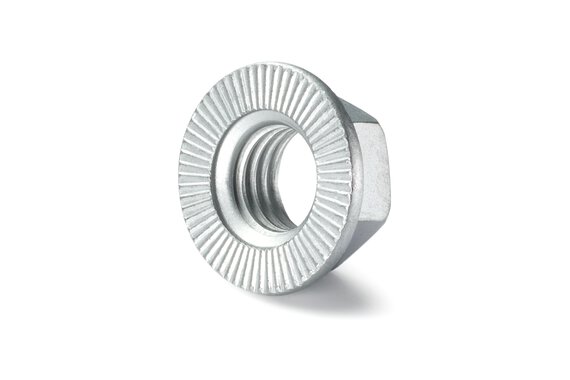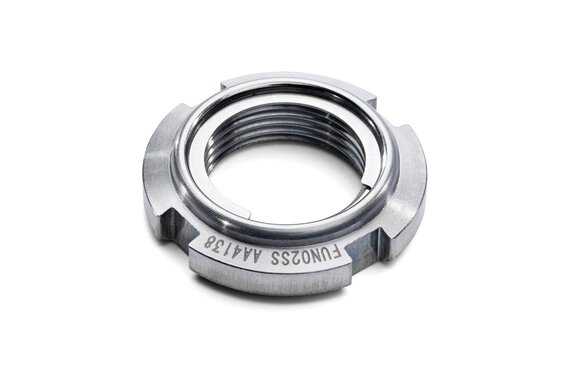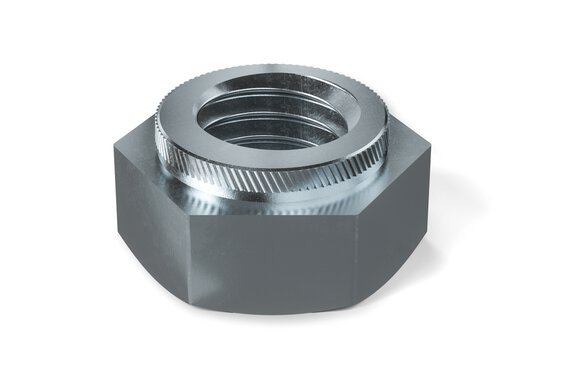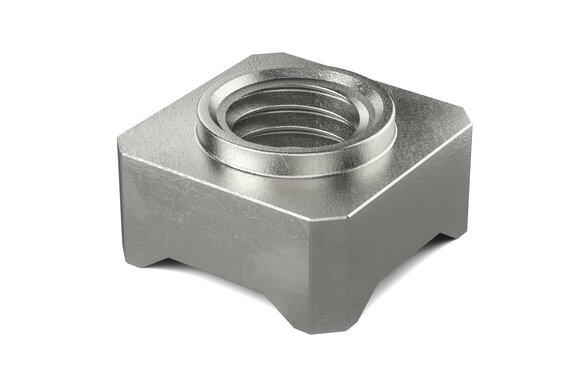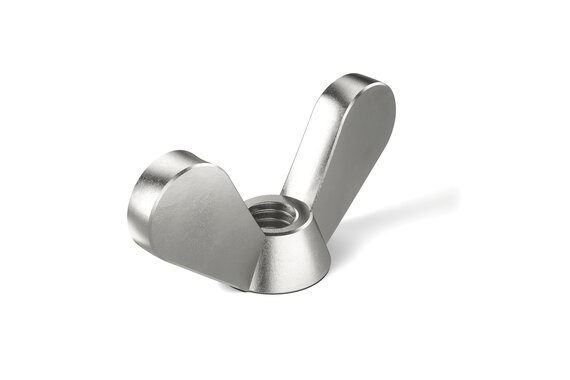The combination nuts with captive rotatable washer combine the advantages of combination elements with additional functions such as setting and locking. They reduce assembly time and increase the quality of the assembly, preventing setting in the connection and increasing the pre-tensioning force.
We can provide you with version B 53010 as a combination with a standard nut and version B53011 squeezed lock nut. The latter effectively counteracts a loss of pre-tensioning even under dynamic loads.
Standards
- B 53010
- B 53011


